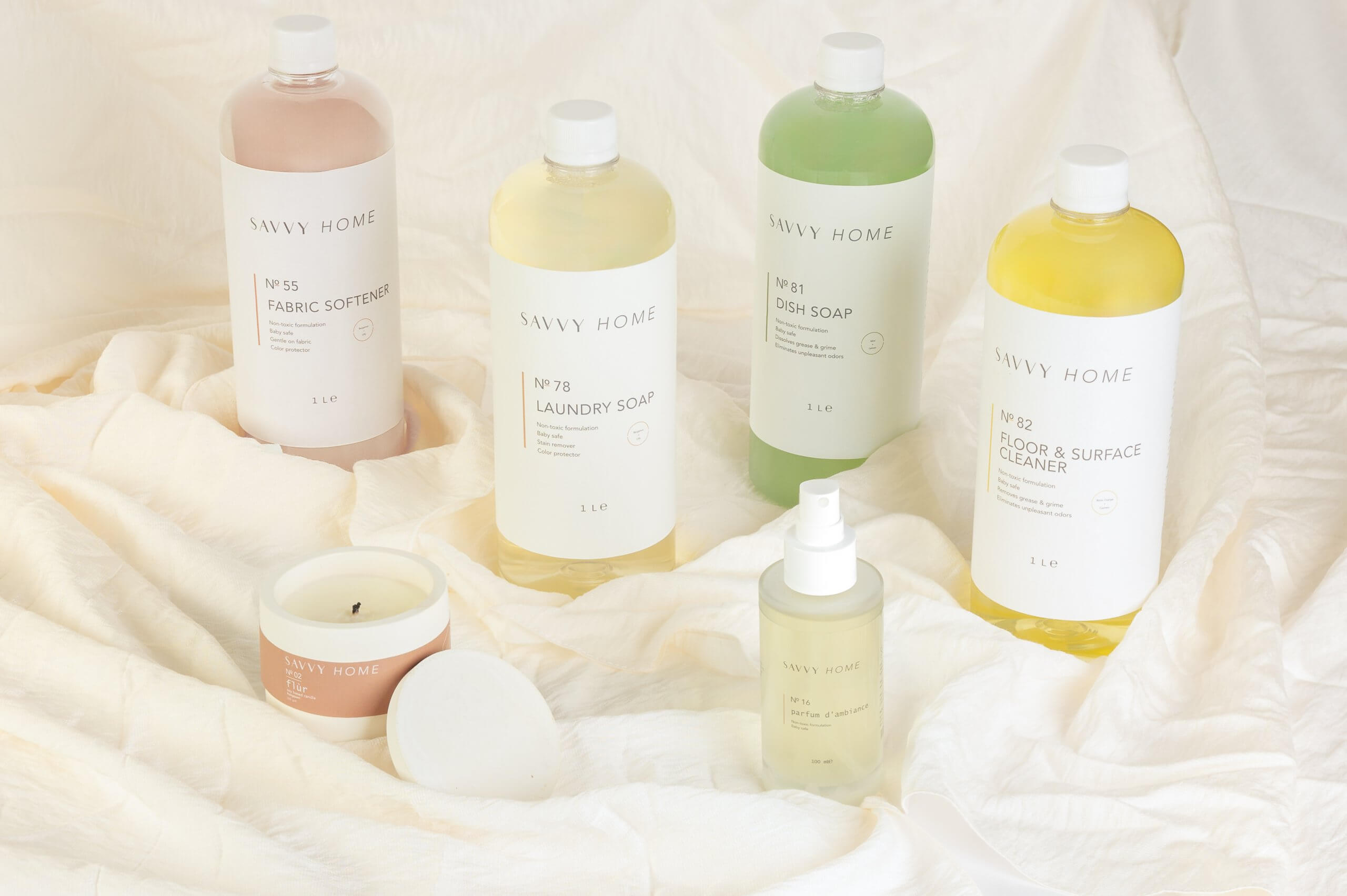A Guide to Spotting Greenwashing in the Wild
With our greenest smiles, we welcome you once more to Savvy Element’s Monthly Newsletter
Savvy Element’s Guide to Good Living! This issue targets the increasing eco- buzzwords that are circulating in the home and self-care world, so that you may read every label with full understanding of the promises being made.
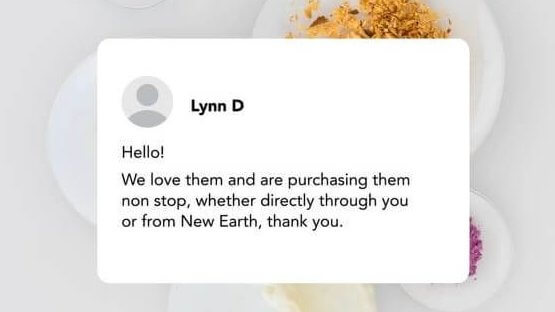
“Non-toxicity” is the Name of the Game…or Sometimes Just the Name
Savvy Element was founded upon the belief of a cleaner way of life, where “non-toxic” products do more than just sit there and look “clean”. It has become very easy to get lost in the whirlwind of greenwashing buzzwords that don’t necessarily mean what you think they do. Words like “non-toxic”, “natural”, and “eco-friendly” are a dime a dozen on home and self-care product labels. Let’s clear the air on the biggest one: what does “non-toxic” mean?
There is no clear consensus on which regulation the term “non-toxic” falls under. Because it isn’t tightly regulated, brands can use it even if their products contain ingredients known to cause harm over time, especially with repeated exposure.
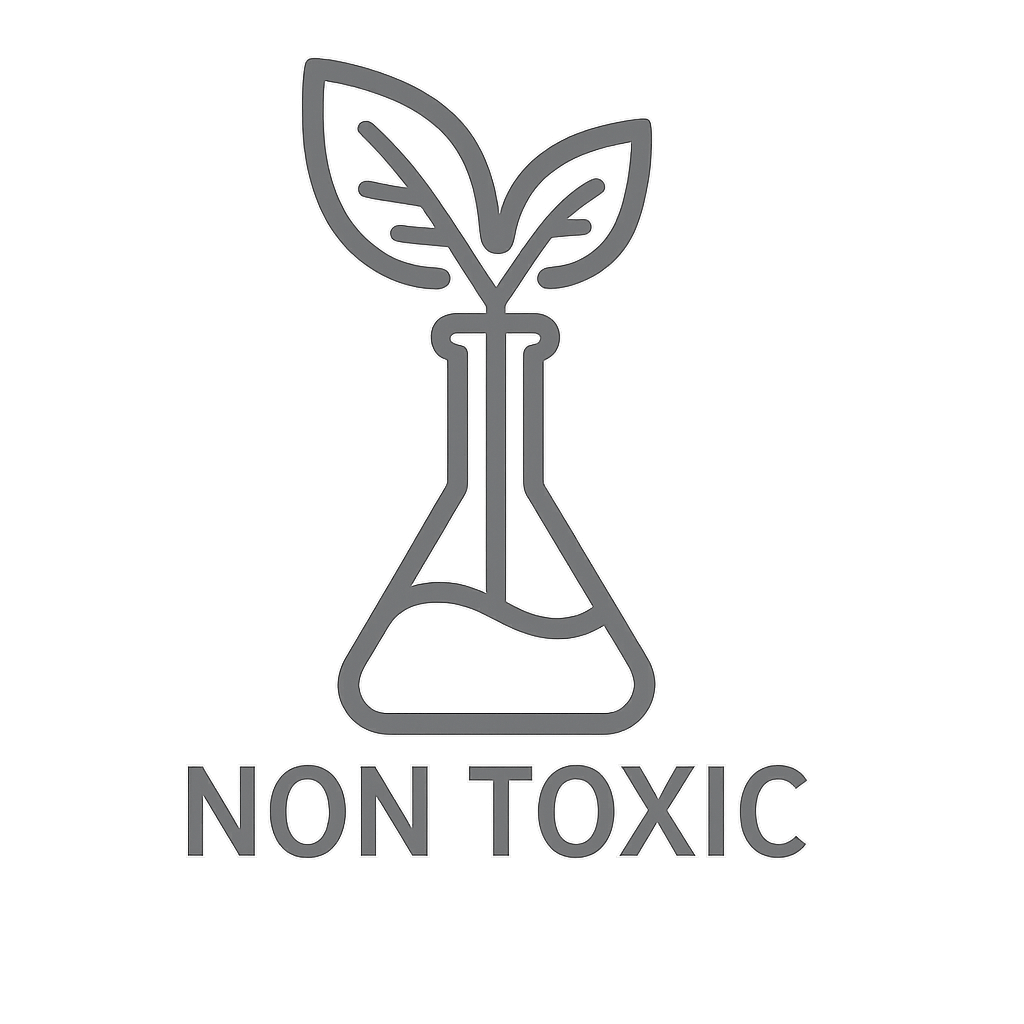
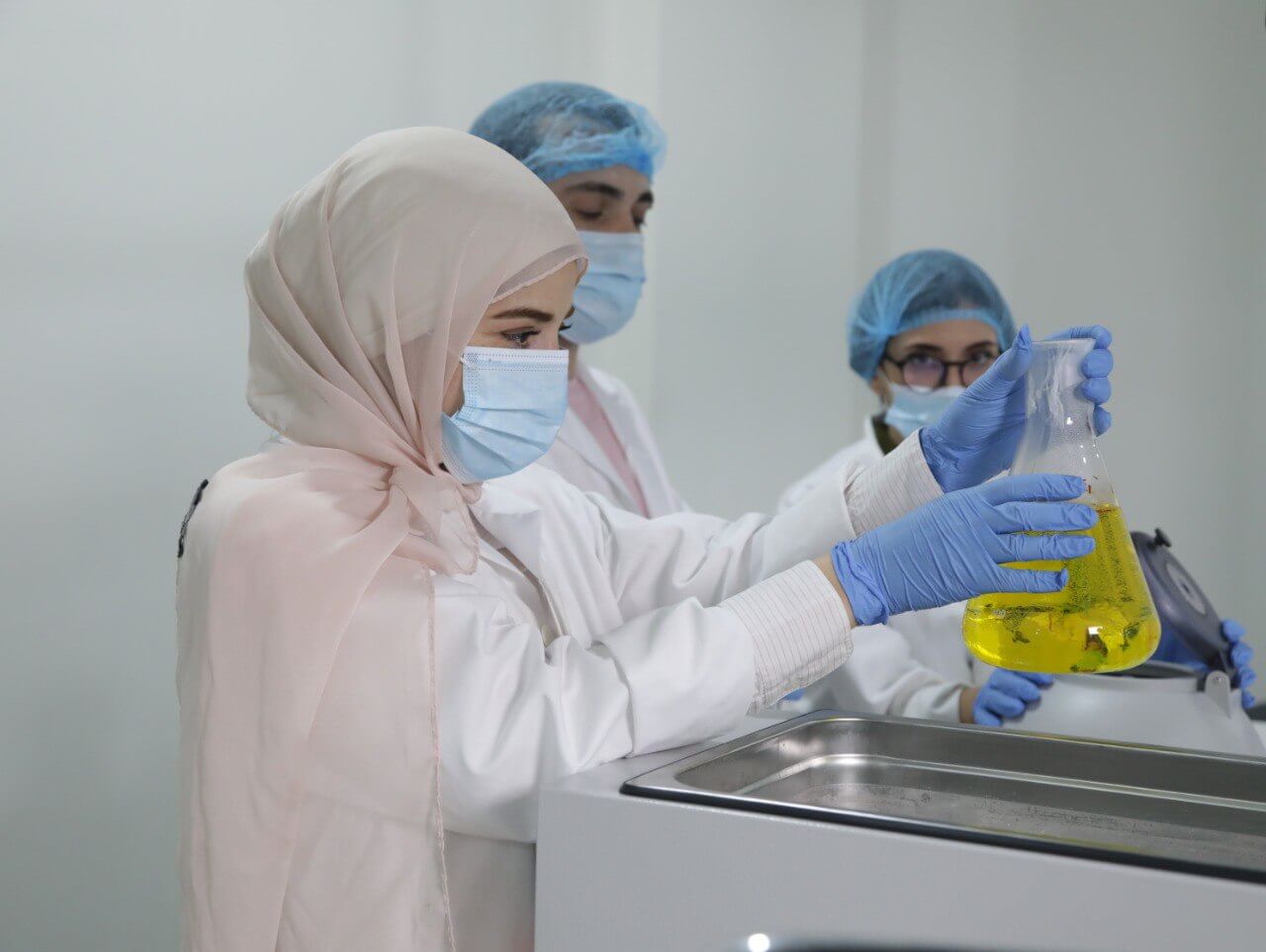
At Savvy Element, we value transparency over everything. The process of formulating each one of our products includes a lengthy questioning of each ingredient we choose to use. We carefully formulate our products to avoid ingredients linked to hormone disruption, allergic reactions, long-term toxicity, and environmental harm, even if some might be technically “allowed”.
Other Buzzwords to Look Out For
This is a guide to understanding what the most common buzzwords on green products convey.
· Natural: Most people don’t even realize that “natural” can be a buzzword that isn’t always safe for you or for nature. The origin of the word goes back to nature, and while nature has given us so much, not everything present in it can be used in home and self-care products. Poison ivy is natural, so is lead— that doesn’t mean they should be found in products meant for you and your home. On the other hand, many natural ingredients that are good for you should not be used in these products because sourcing them would be harming the very nature they claim to protect.
· SLS-Free: You’ve probably encountered the “SLS-free” label on many of your products and breathed a sigh of relief. However, many brands use this label because “SLS-free” doesn’t always mean sulfate-free. Some brands drop sodium lauryl sulfate (SLS) but replace it with sodium laureth sulfate, ammonium lauryl sulfate, or other chemical cousins that can be just as harsh on skin and the environment. To avoid falling into this trap, check for any ingredients ending in “-sulfate,” and ask brands to clarify their sulfate alternatives. Just because it’s not SLS doesn’t mean it’s good for you.
· Organic: The “organic” label is very meaningful when it comes to food because it tells you how something was grown or farmed, often without synthetic pesticides or GMOs. However, when it comes to home and self-care products, the label doesn’t always carry the same weight. Many powerful, skin-safe ingredients (like certain clays, salts, or lab-extracted actives) can’t be certified organic but that doesn’t make them harmful. And some “organic” personal care products still contain irritating essential oils, harsh preservatives, or allergens. So while organic is a great standard for food, it’s not the only marker of safety or sustainability in your face serum or laundry soap.
Tips That Come in Handy:
· Always check the ingredients list and look up any ingredients that don’t sound right.
· Make sure to ask brands about ingredients that sound vague, such as “fragrance blends”, to clarify what is actually in them.
· Research the brands you choose to bring into your space, and familiarize yourself with the certifications they follow.
How to Navigate This Terrain When It Comes to Our Products?
If one thing was made clear from this issue, is that you can’t take any brand’s word for it— even ours. However, reading ingredient lists can sometimes feel like decoding a science experiment.
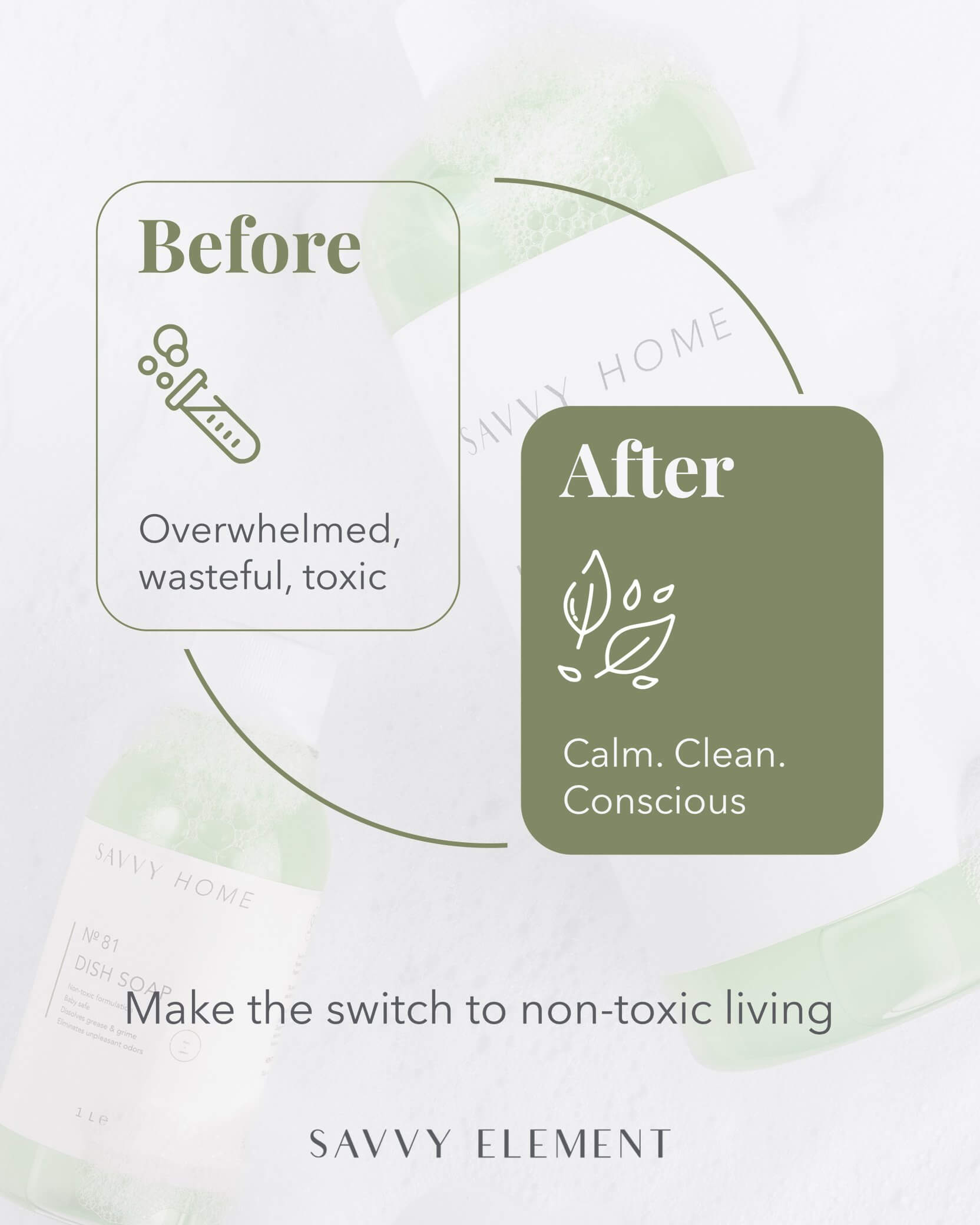
That’s why we’re working on something special:
A full glossary of ingredients, coming soon to our website!
This glossary will allow you to easily recognize what ingredients are found in each product and, more importantly, what they signify. Until then, we’ve got an open-door policy. Wondering what’s really in your solid shampoo, deodorant balm, or surface cleaner? Get in touch with us and ask about any of the ingredients you feel unsure of. We’re happy to explain every last ingredient because you deserve to know what’s touching your body, your home, and the planet.
We bid you a farewell until next month. Until then, stay curious and stay savvy.
